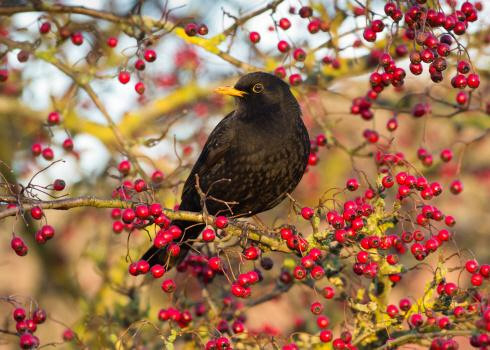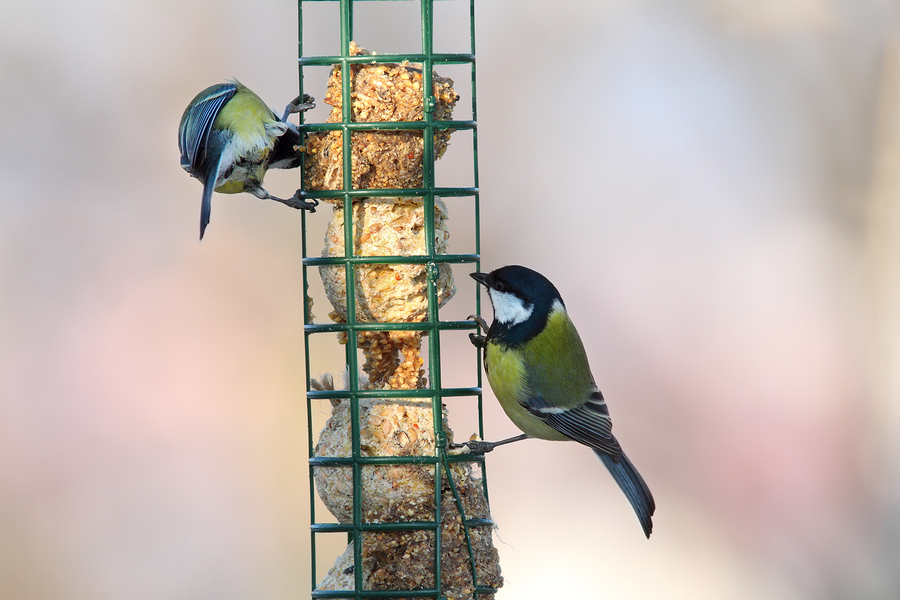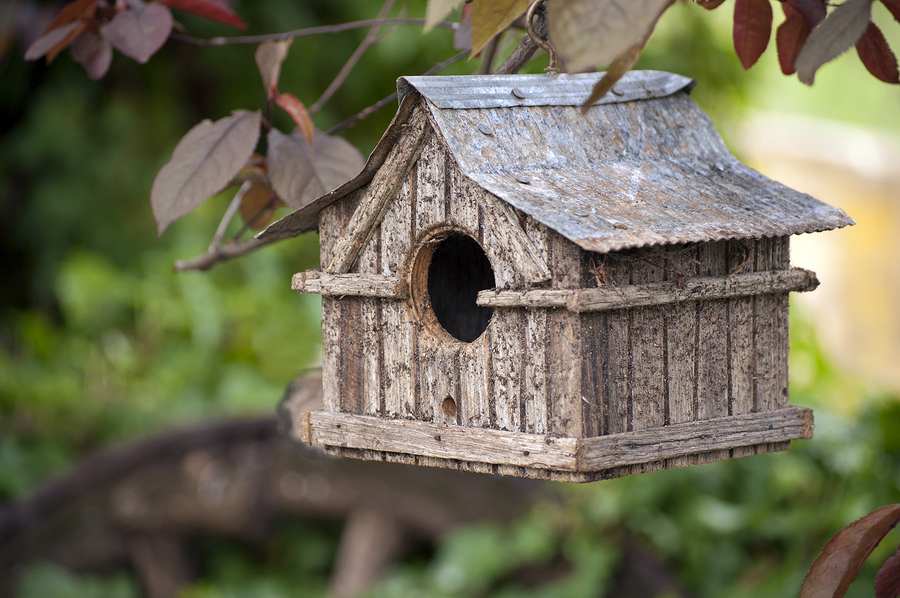Help your grandchildren make the most of Big Schools’ Birdwatch
Boost their interest by making your garden more bird-friendly
If your grandchildren are ready with the binoculars for Big Schools’ Birdwatch, in which schools nationwide encourage pupils to spot and record the birds they see in school grounds, hopefully their interest will extend to your own garden too.
“Winter gardens can be a real haven for our wildlife,” says Adrian Thomas, RSPB wildlife gardening expert.
“At the harshest time of year, when natural food sources are scarce or hard to access and temperatures are brutal, our gardens can offer both food and shelter to everything from tiny insects to birds and small mammals.”

To encourage children to watch birds, RSPB spokesperson Helen Moffat suggests you help them practice listening.
“We’ll often hear birds before we see them and listening out for them helps us track where they are. Try ‘elephant ears’ where you cup your hands around your ears and turn your head slowly. It really does work.”
Do some prep
“Look at pictures of some of the garden birds you hope to see and get your grandchild familiar with them. It can give them a great sense of achievement to not just spot a bird but be able to name it,” she says.

Help your grandchild become familiar with binoculars, if you have them, before you do your birdwatch. Also, make sure that they are comfortable when looking for wildlife, because if they are cold and uncomfortable they are unlikely to enjoy the experience.
Find somewhere to sit and maybe take an old cushion or two, and be prepared with a few snacks, and wrap up warm, she advises.
But how can you maximise the chance of birds visiting your garden?
Thomas offers the following tips:
Plant shrubs and trees
Plants help provide food and shelter for wildlife and some structure in your garden.

“Climbers are ideal as they can be used in the smallest of gardens and will help green a fence or wall. Something like ivy provides all-year colour, helps pollinators by flowering late in the year and provides cover for birds,” he suggests.
Holly is another great all-rounder, ideal for hedging, and its berries are loved by a host of birds such as blackcaps and robins, he adds.
Winter is the time to plant bare-rooted trees. Choose fruit trees such as crab apple or a berry-producer like a rowan, to offer some winter food for wildlife. Migratory thrushes such as fieldfare and redwing will eat fallen apples.
Opt for plants which flower, seed and bear fruit at different times of year, so there is something which will benefit birds and other wildlife through every season.
Hang feeders

When natural food sources are really limited, putting up a hanging feeder or two can really help birds. Place them in sheltered spots, where birds can make the most of cover without the threat of hidden predators, he advises.
It’s essential to clean feeders every week using rubber gloves, hot soapy water and a brush. Also change their positions often to help prevent any build-up of bacteria and viruses which can spread diseases.
Put out clean water

Water is as important in winter as summer. For birds, it allows them to clean their feathers, helping them stay insulated against the cold, as well as providing a drink.
Keep the water supply ice-free by floating a lightweight ball on the surface and, just like feeders, ensure bird baths are cleaned thoroughly at least once a week, he says.
Long term, you could also create a pond in your garden to attract birds and other wildlife like frogs, newts and toads.
Change your definition of mess

A goldfinch on a teasel head
“We’ve built up a culture in which to make gardens ‘tidy’ we get rid of the things that nature needs. Wildlife often relies on those fallen leaves, sticks and logs that may get thrown away.
“Don’t think of old seedheads, rotting stems or leaves as a mess, but rather a shelter for insects, their larvae and the pupae of butterflies and moths. Goldfinch love to use their fine beaks to pick the seeds from teasel heads,” Thomas says.
Leaving the grass a little longer over winter can provide refuge for some insects as well as cover for birds such as starlings and blackbirds as they forage for food. A mown path through the middle shows that you intended it so, he adds.
Put up a nest box

Nesting box
It’s National Nest Box Week starting on Valentine’s Day, and a great time to show your garden birds some love by putting up one or more boxes around your garden.
Watch the wildlife
View this post on Instagram
Watching birds isn’t confined to school activities. You and your family can join in the fun by taking part in the 2025 Big Garden Birdwatch, the world’s largest garden wildlife survey in which hundreds of thousands of nature lovers help to build a picture of how garden birds are faring.
It takes place between January 24-26 and It’s worth familiarising yourself with the birds in your area before the event.
Common species include blackbirds, blue tits, chaffinches, coal tits, collared doves and dunnocks, but you may also see goldfinches, greenfinches and hose sparrows. Register at rspb.org.uk/birdwatch.
Big Schools’ Birdwatch runs from Jan 7-Feb 14.
The Press Association
Latest posts by The Press Association (see all)
- The Osmonds star and ‘beloved husband and father’ Wayne Osmond dies aged 73 - January 2, 2025
- What screenings are available on the NHS to detect cancer early? - January 2, 2025
- Help your grandchildren make the most of Big Schools’ Birdwatch - January 1, 2025
- Veteran radio star Johnnie Walker dies aged 79 - December 31, 2024
- 5 fantastic winter walks for wildlife spotting - December 31, 2024




















